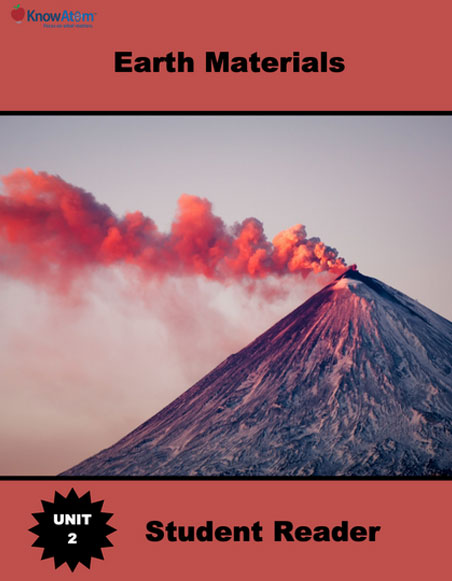
In this unit, students study the processes that shape Earth’s surface, focusing on the formation of minerals (such as diamonds) and rocks. In this lesson, they explore the phenomena exhibited in the properties of rocks and minerals to figure out how the properties of different minerals are a tool to identify them. This page is a high-level overview of this lesson.
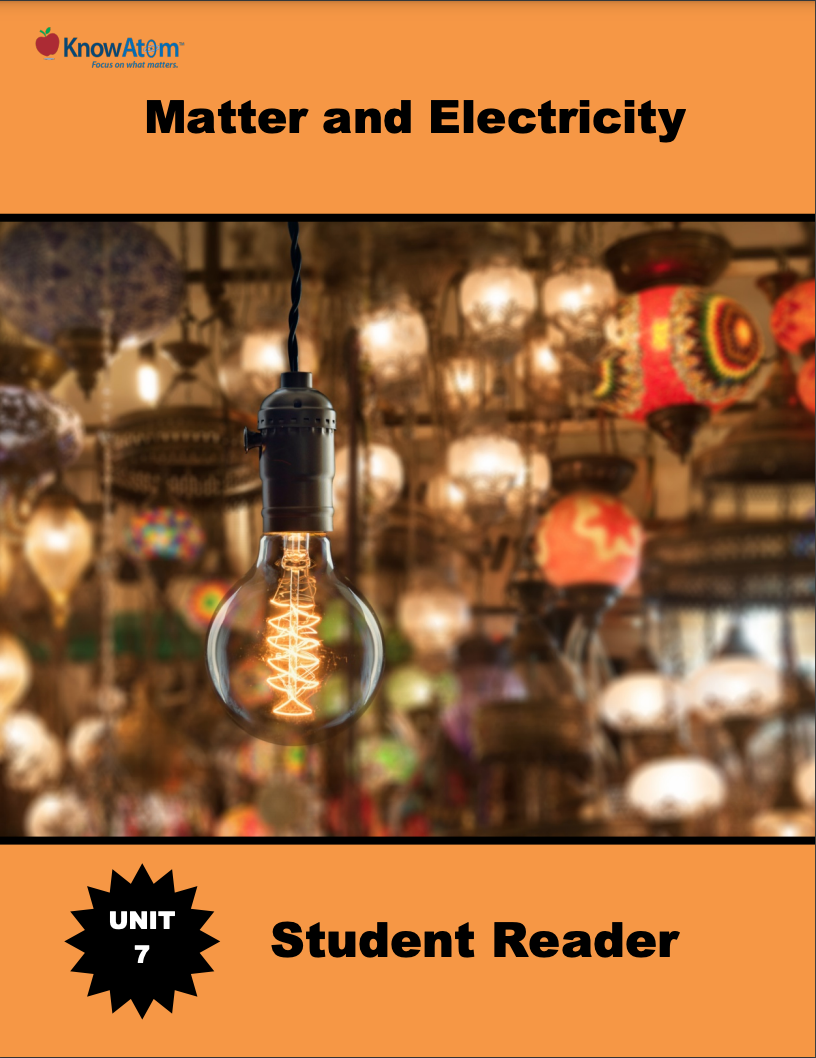
In this unit, students continue to explore forces and energy, focusing on the science phenomenon of how electrical energy can be transferred from one place to another to do work. In this lesson, students build series and parallel circuits, measuring the amount of current that moves through each circuit with one and two light bulbs. This page highlights some components of that lesson.
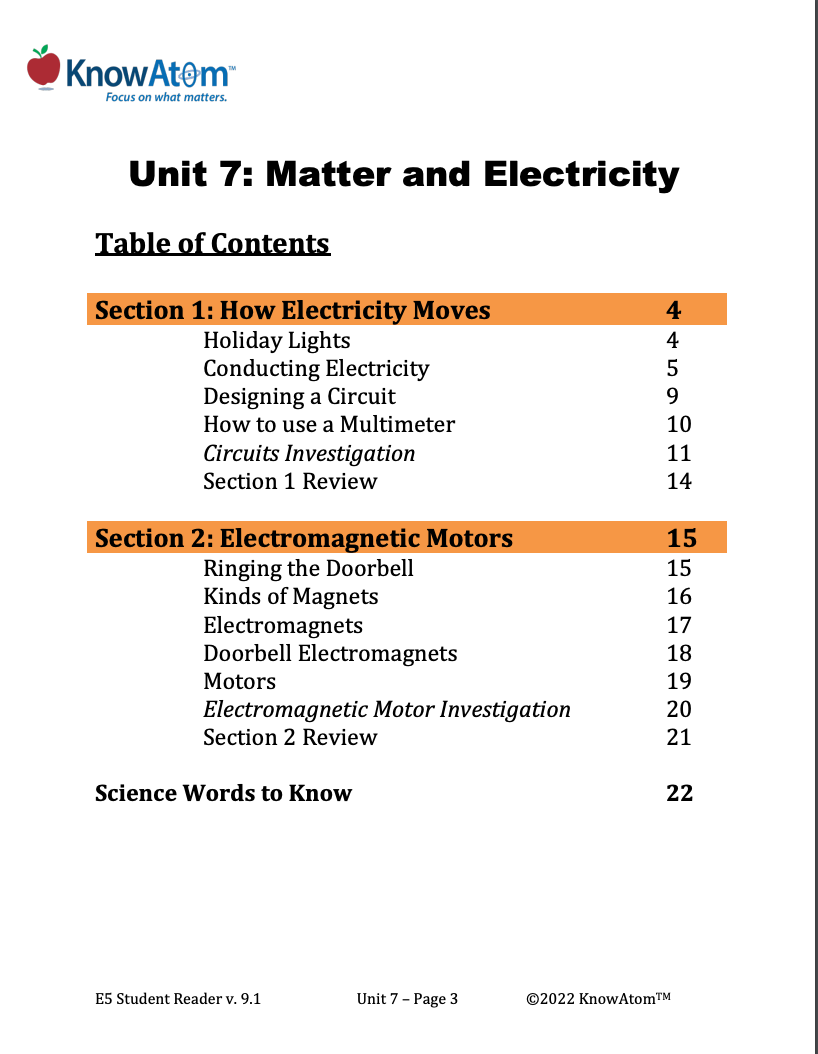
In this unit, students explore the science phenomenon of electric currents and electrical energy. In this lesson, students figure out energy transfers, electricity, and circuits in the context of an electromagnetic motor system. This page showcases each key section of this lesson.
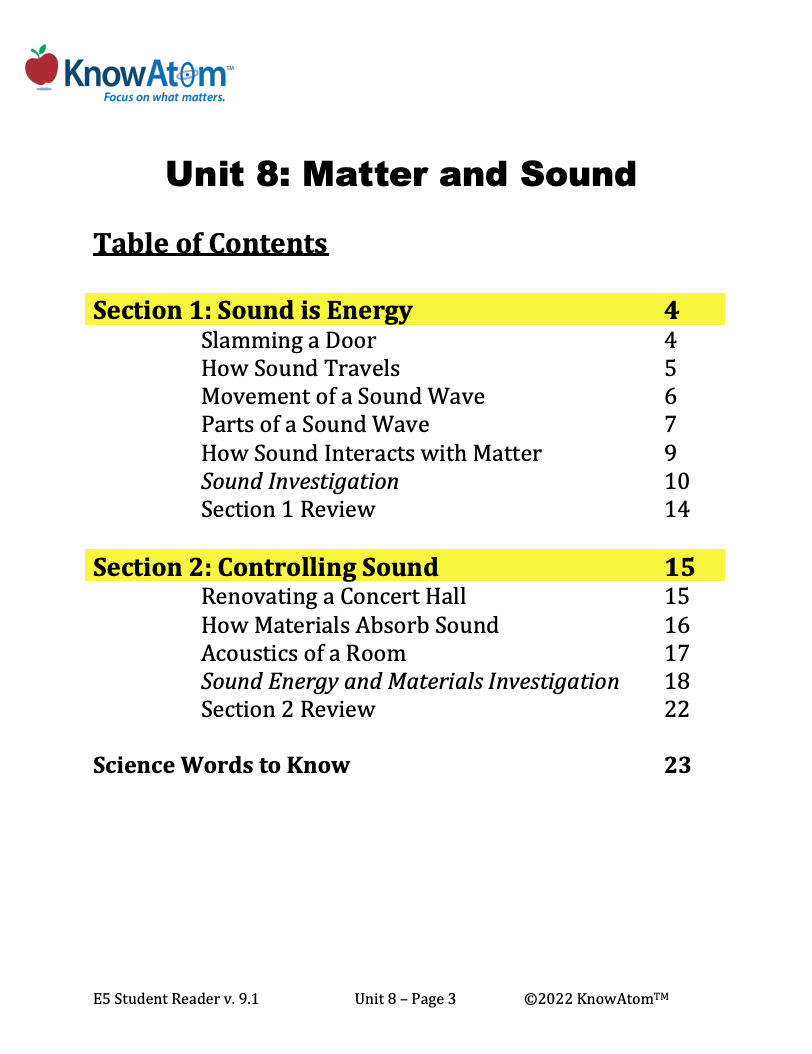
In this unit, students build on their exploration of how energy and matter interact with a focus on science phenomena related to sound. In this lesson, students investigate how some materials absorb sound while others reflect it. This page is a high-level extract of this lesson.
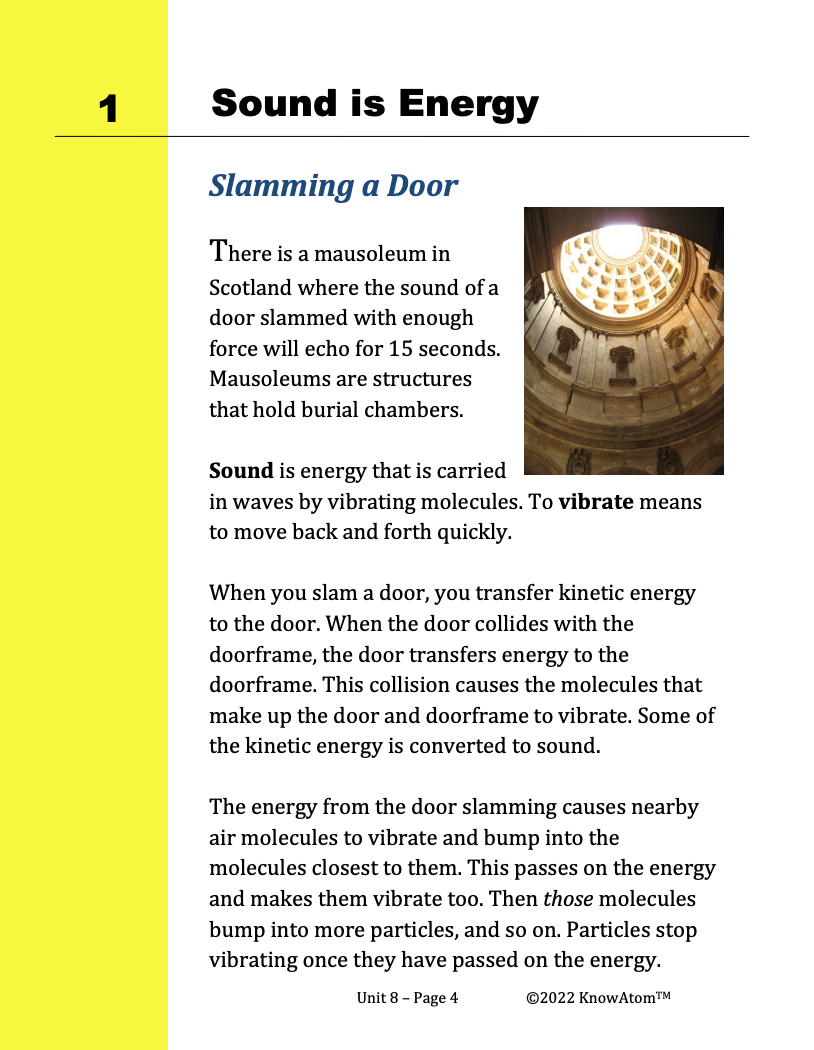
In this unit, students focus on how sound energy is transferred from one place to another in waves. In this engineering lesson, students apply what they have learned about sound energy to design a sound absorbing wall. This page highlights each component of this lesson.
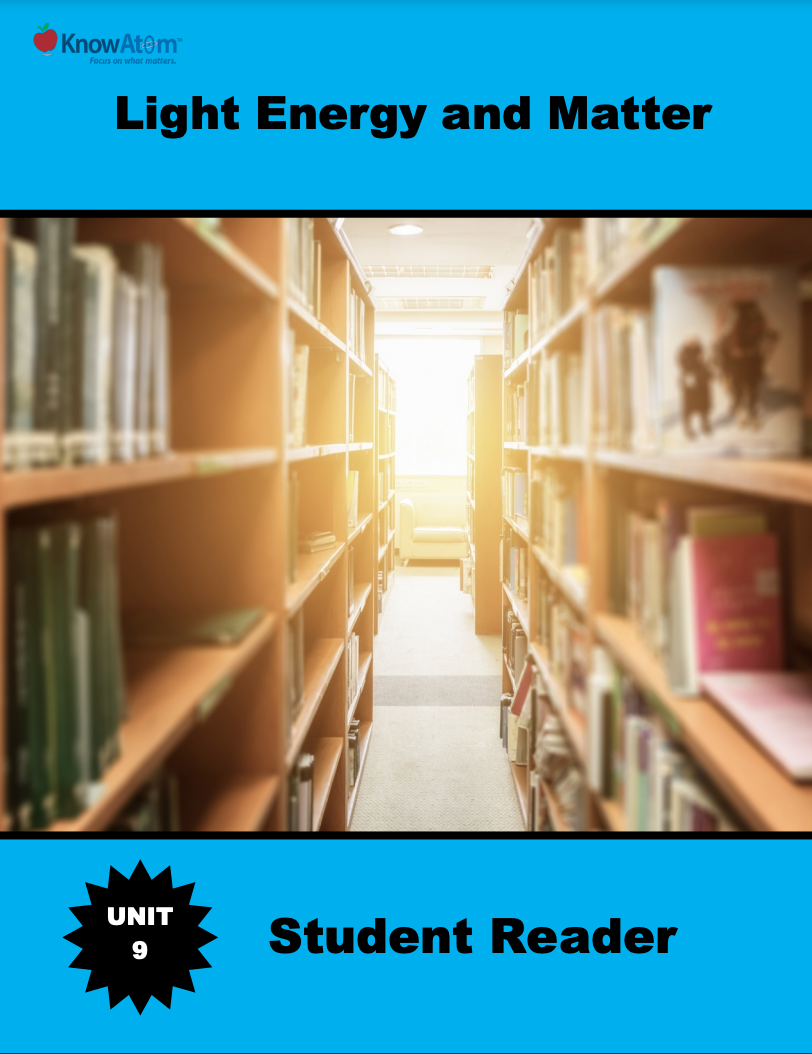
In this unit, students focus on light energy, investigating the science phenomena of how light moves when it interacts with different kinds of matter. Students use scientific knowledge about light to engineer a device that uses mirrors to redirect light. This page is a high-level extract of this lesson.
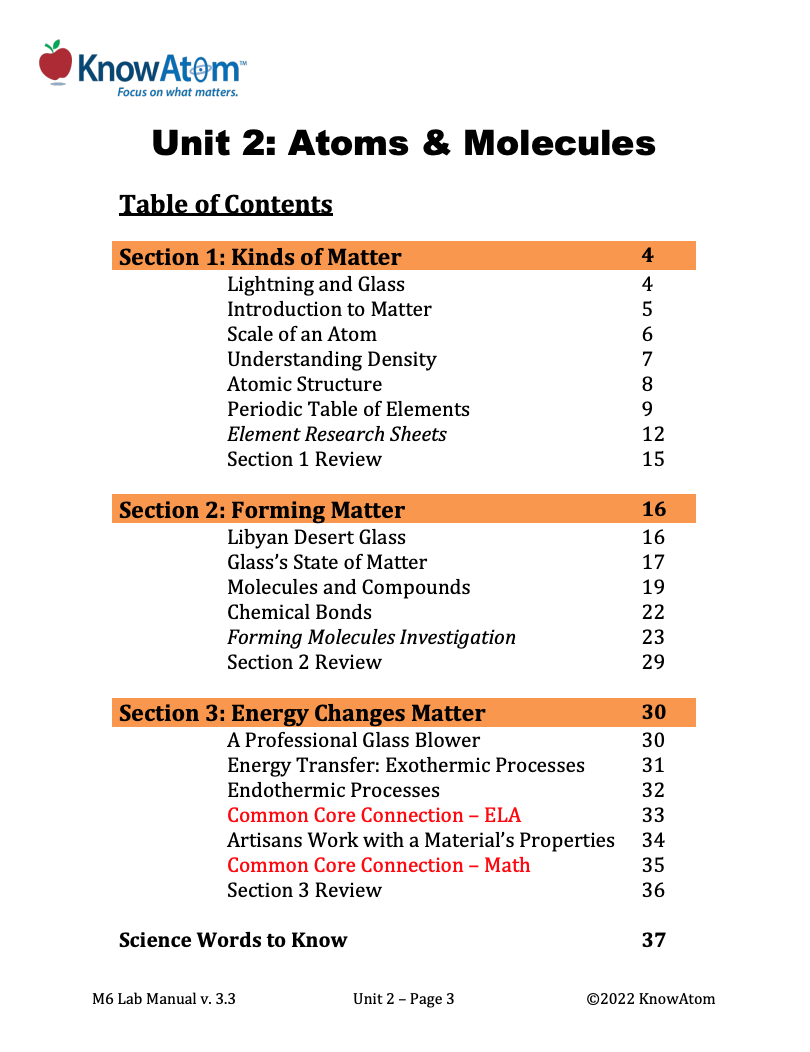
In this unit, students explore the science phenomena of interactions between energy and matter, analyzing how matter can only change when enough energy is present. In this lesson, they investigate the structure of molecules, relating this structure to the matter’s properties. This page is a high-level extract of this lesson.
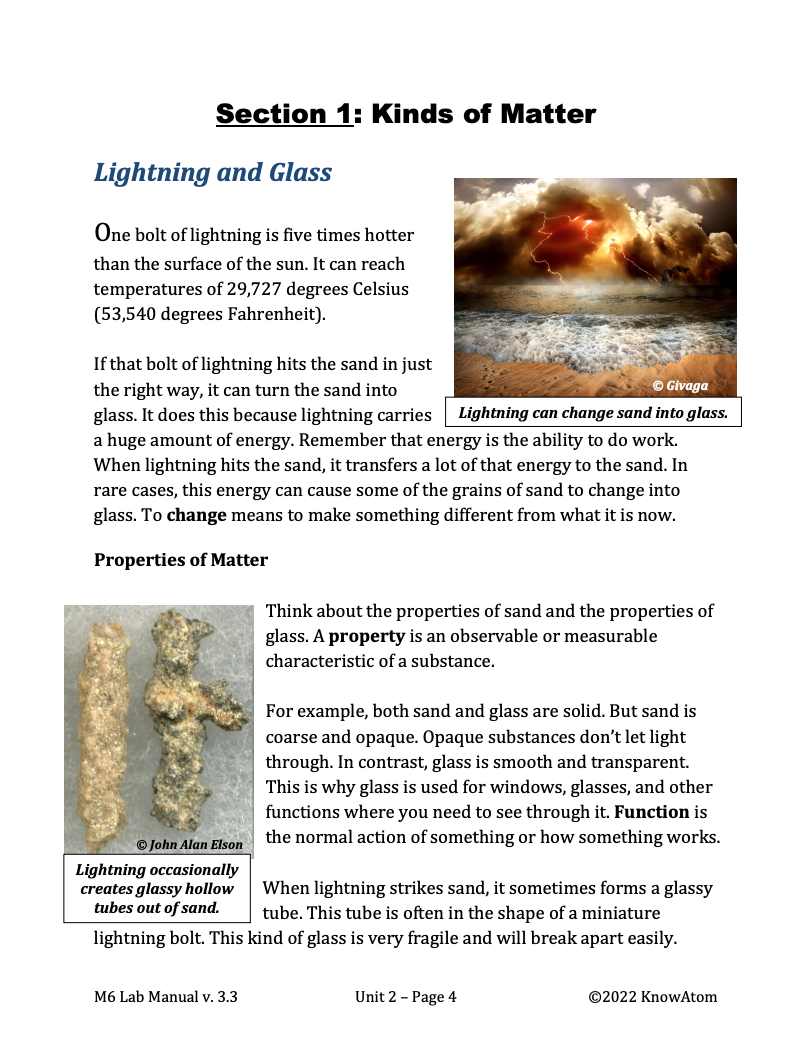
In this unit, students build on their knowledge of energy by exploring the relationship between energy and matter. In this lesson students conduct an investigation into the science phenomenon of how energy is transferred in an endothermic reaction. This page provides an overview of this lesson.
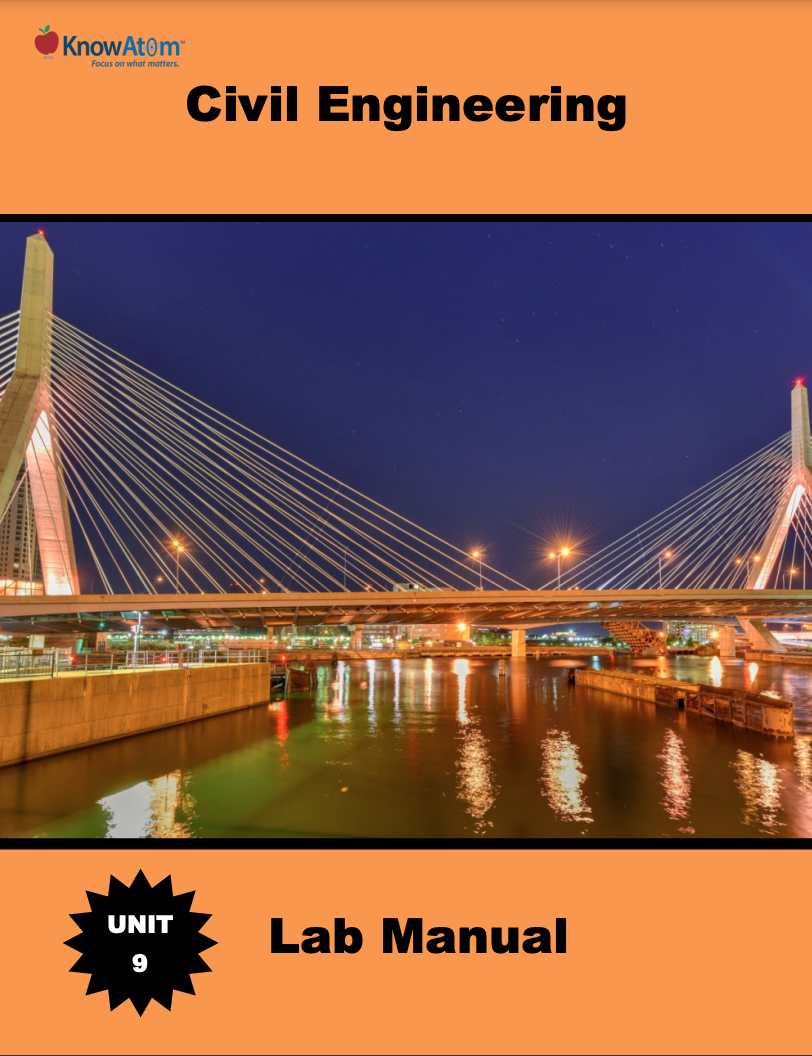
In this unit, students explore forest ecosystems, studying the science phenomena of interactions between living things and the environment. In this lesson, students build on their understanding of how energy affects the growth of organisms by exploring the phenomena of forest food webs, and analyzing how the phenomena of drought can have a ripple effect through the ecosystem. This page showcases all components of this lesson.
.webp)
In this unit, students use what they know about the relationship between energy and matter to investigate how energy powers the cycling of Earth materials. In this lesson, they analyze the phenomena of processes that form fossil fuels, which determine how these natural resources are distributed around the planet. This page highlights all the parts of this lesson.
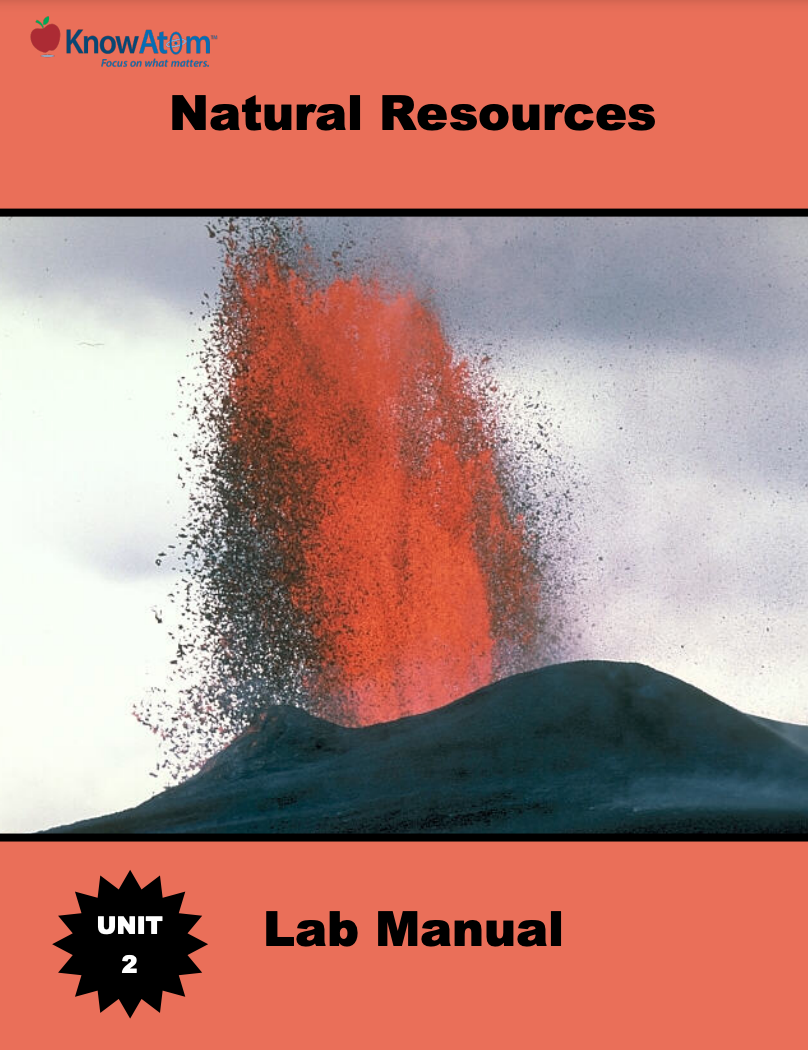
In this unit, students use what they know about the relationship between energy and matter to investigate how energy powers the cycling of Earth materials. In this lesson, they analyze the phenomena of processes that form fossil fuels, which determine how these natural resources are distributed around the planet. This page highlights all the parts of this lesson.
Standards citation: NGSS Lead States. 2013. Next Generation Science Standards: For States, By States. Washington, DC: The National Academies Press. Neither WestEd nor the lead states and partners that developed the Next Generation Science Standards were involved in the production of this product, and do not endorse it.
